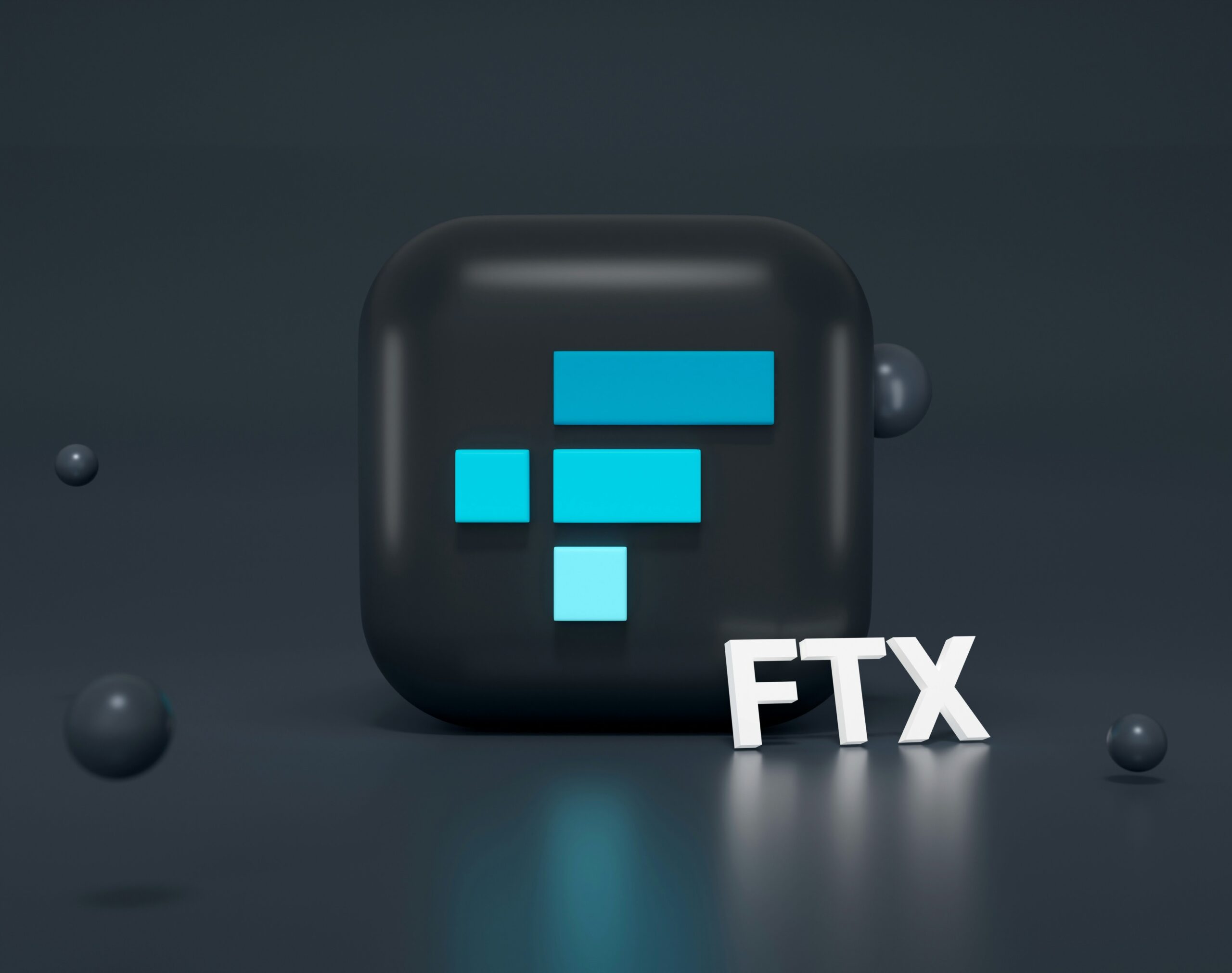Latest news about Bitcoin and all cryptocurrencies. Your daily crypto news habit.

In an escalating legal conflict that underscores the fragility within the cryptocurrency sector, bankrupt crypto exchange FTX has filed a lawsuit against Binance Holdings Ltd. and its former CEO, Changpeng Zhao (CZ), seeking to reclaim nearly $1.8 billion in funds.
FTX claims these funds were fraudulently transferred to Binance as part of a share repurchase agreement in 2021, a deal allegedly orchestrated by FTX’s Co-Founder Sam Bankman-Fried, who is currently incarcerated.
As the case unfolds, it may have far-reaching implications not only for Binance and its top executives but also for the broader cryptocurrency market.
FTX vs Binance: what led to the $1.8 billion claim?
The lawsuit centres around a 2021 agreement, in which Binance sold its stakes in FTX’s international and US units.
Binance’s exit involved transferring nearly 20% of its international stake and 18.4% of its US entity back to FTX, reportedly in exchange for $1.8 billion.
FTX alleges that Bankman-Fried, then CEO of FTX, diverted this massive amount to Binance in a fraudulent transaction aimed at securing Binance’s exit from FTX’s business.
Bankman-Fried’s role in the transaction has now drawn attention due to his subsequent arrest and imprisonment over financial misconduct related to FTX’s collapse.
According to FTX, the funds transferred in this transaction should not have gone to Binance but rather remained within FTX’s assets to pay creditors.
By filing this lawsuit, FTX seeks to recover these funds, arguing that Binance and Zhao knowingly benefited from Bankman-Fried’s alleged deception.
How Binance’s actions allegedly fuelled FTX’s collapse
Beyond the alleged fraud, FTX also accuses Changpeng Zhao of intensifying FTX’s liquidity crisis through public statements and actions that FTX claims contributed to its collapse.
Notably, FTX’s lawsuit highlights that Zhao’s social media posts in November 2022, raising doubts about FTX’s liquidity and solvency, accelerated withdrawals from the platform, amplifying the crisis.
FTX argues that these public statements led to a rapid escalation in withdrawals, putting further pressure on the already struggling exchange and hastening its eventual collapse.
Zhao’s tweets allegedly set off a domino effect, causing a surge in panic withdrawals that exceeded FTX’s capacity to manage its liquidity. FTX argues this was a calculated move by Binance’s leadership, worsening FTX’s financial instability.
CZ 🔶 BNB
@cz_binance
·Follow
As part of Binance’s exit from FTX equity last year, Binance received roughly $2.1 billion USD equivalent in cash (BUSD and FTT). Due to recent revelations that have came to light, we have decided to liquidate any remaining FTT on our books. 1/4
9:17 PM · Nov 6, 202221.3K
Reply
Copy link Read 80 replies
The lawsuit’s claims against Binance and Zhao spotlight the power of social media influence within the cryptocurrency market, where a single tweet from an industry leader can disrupt trading dynamics and spark volatility.
Implications of the FTX lawsuit for Binance and the crypto market
This high-stakes legal battle raises several questions about the regulatory and operational risks in the cryptocurrency sector.
For Binance, the lawsuit marks another major legal hurdle as it faces increased scrutiny from global regulators over its business practices.
If FTX’s claims are validated, Binance’s involvement in FTX’s collapse could result in substantial reputational damage, affecting its standing within the industry.
FTX’s attempts to recover lost funds illustrate the complexities that arise when prominent players in the crypto ecosystem engage in high-risk financial practices.
The lawsuit’s outcome could set a precedent for how similar cases are handled in the future, possibly influencing other exchanges and their approach to managing assets and investor relations.
Can FTX’s lawsuit against Binance redefine crypto accountability?
The FTX-Binance lawsuit could also impact regulatory approaches to cryptocurrency exchanges globally.
Regulators may seize this opportunity to investigate cryptocurrency firms more thoroughly, potentially imposing stricter requirements on how exchanges manage transactions, handle assets, and communicate with the public.
The outcome may prompt increased oversight, reinforcing transparency, and financial accountability within the industry.
At a time when regulatory pressure on cryptocurrency firms is mounting, the FTX lawsuit serves as a reminder of the challenges associated with self-regulation in decentralised financial environments.
Should FTX successfully reclaim the disputed funds, it may encourage other insolvent exchanges to pursue similar claims, setting a trend towards more rigorous accountability standards within the crypto sector.
What’s next for Binance and FTX amidst ongoing litigation?
As Binance navigates this legal challenge, the broader cryptocurrency market is closely watching.
For FTX, this lawsuit represents a critical move to recover assets for creditors and investors affected by its collapse. For Binance, the litigation adds to its list of regulatory battles, which could affect its global operations.
This case may establish new norms for how cryptocurrency exchanges handle internal transactions, conduct public communications, and respond to financial crises.
The high-stakes nature of the case highlights the inherent volatility in the cryptocurrency world, where multi-billion-dollar deals and corporate partnerships can unravel rapidly.
Both exchanges face significant scrutiny as the legal proceedings unfold, with potential repercussions extending beyond their own organisations to the wider crypto market.
The post FTX files $1.8 billion lawsuit against Binance and Changpeng Zhao appeared first on Invezz
Disclaimer
The views and opinions expressed in this article are solely those of the authors and do not reflect the views of Bitcoin Insider. Every investment and trading move involves risk - this is especially true for cryptocurrencies given their volatility. We strongly advise our readers to conduct their own research when making a decision.